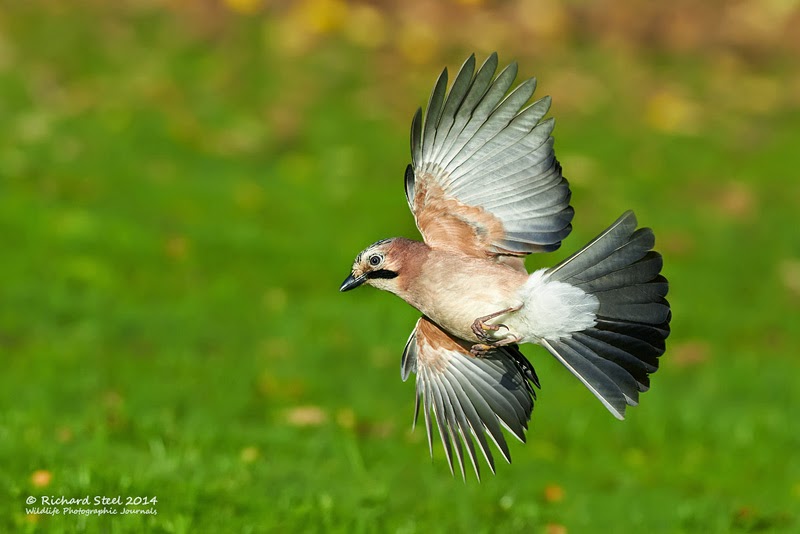I left you in the last post with the appearance of a juvenile which had appeared in the round window in the wall of the barn. There were in fact two young birds from this years brood and it was fun to watch them becomingly increasingly bold and inquisitive as they explored their new world. Young little owls are amusing birds to watch as they continually bob their heads around as they look around their surroundings. It took a while to get both birds looking in the same direction.
Even the young birds are good at pulling that stern look.
It soon became obvious that the young were learning to feed for themselves as they started descending from the barn to the track. One of the two, the larger, being evidently much bolder.
Lurking on a low window sill
The young birds were relatively nervous and the slightest noise would see them raise themselves up at full stretch to try and located the source of the noise and to also make themselves look bigger in case there was a potential threat. However, even at full stretch a young Little Owl does not really appear as an imposing figure.
During the whole period with the owls only one bird regularly came close the other preferring to keep its distance and hunt from another building for the majority of the time. However, it did come in on one occasion.
There is not much more to say about these Little Owls except they provided with many hours of fun and its was a pleasure to share some moments in their lives. It was also great to share some of this time with Steve who had previously originally spotted one of the owls lurking in that round brick window several weeks previously.
Many thanks Steve.
I am sure mid-summer next year with see us out looking for these tiny owls once again. So I will finish off this project with a further small selection of images and hope all these birds are still doing well.
Always good to catch some in the late evening sun.










































